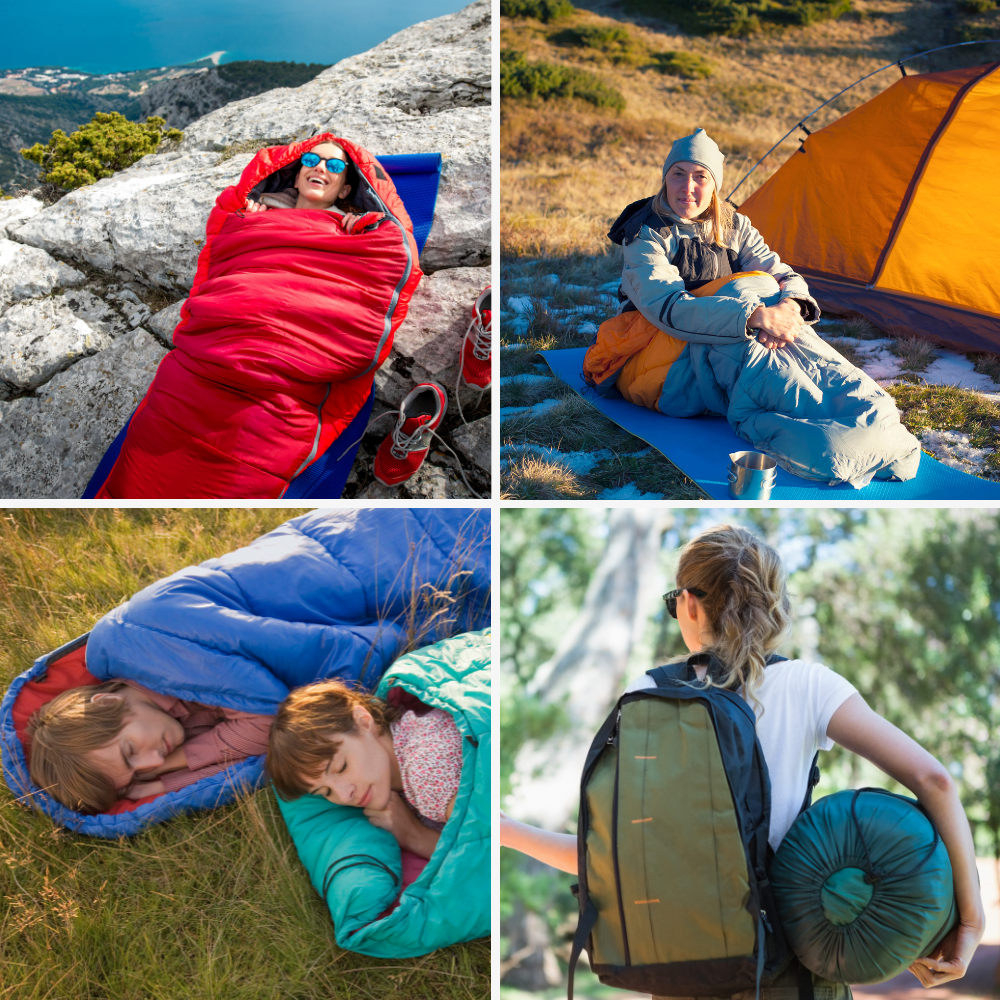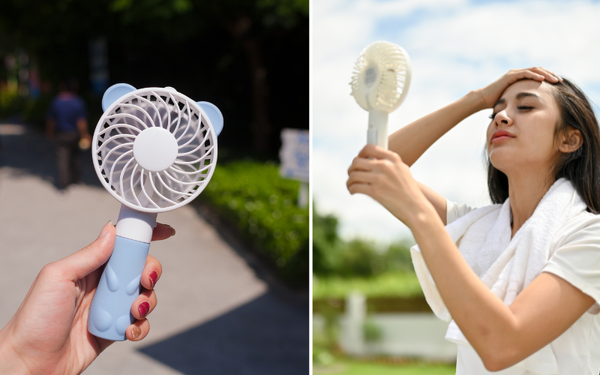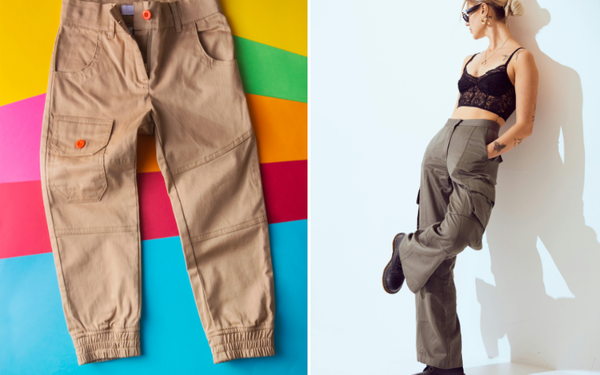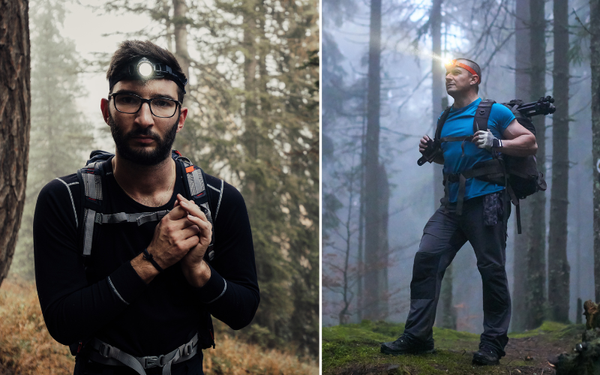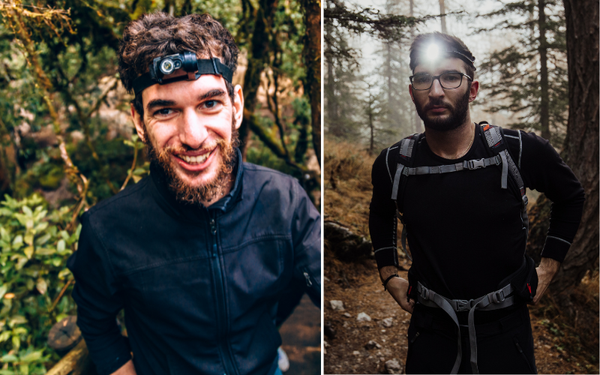Sleeping under the stars, away from the humdrum of city life, is a dream many cherish. For those who love camping, trekking, or just sleeping outdoors, one essential piece of equipment is a good sleeping bag. But with the plethora of options available today, how do you decide which one is right for you?
Today, we delve deep into the world of sleeping bags to bring you a comprehensive guide on the five primary types of sleeping bags.

1. Rectangular Sleeping Bags
These are the classic, no-frills sleeping bags most people are familiar with. Perfect for backyard campouts and indoor sleepovers, they offer ample room for you to toss and turn.
Pros:
- Can be zipped together with another to make a double bag.
- Roomier than other types.
Cons:
- Not suitable for cold temperatures.
- Can be bulky to transport.
2. Mummy Sleeping Bags
Designed to offer maximum warmth, mummy bags taper from the shoulders to the feet, fitting the shape of your body. They're the go-to choice for mountaineers and trekkers.
Pros:
- Lightweight and compact.
- Excellent insulation and heat retention.
Cons:
- Can feel restrictive for some due to its snug fit.
- More expensive than rectangular bags.
3. Double Sleeping Bags
Perfect for couples or families, double sleeping bags can accommodate two people. They often come with individual zippers on both sides, allowing each person to regulate their own temperature.
Pros:
- Great for sharing body heat in cold environments.
- More space and comfort for a duo.
Cons:
- Bulkier and heavier than single bags.
- Not as versatile as individual sleeping bags.
4. Tapered/Barrel Sleeping Bags
A compromise between the rectangular and mummy styles, tapered or barrel-shaped sleeping bags offer more space around the shoulders and gradually narrow towards the feet. Ideal for those who want a bit more room without sacrificing too much warmth.
Pros:
- Balances warmth and space.
- Versatile for various conditions.
Cons:
- Slightly heavier than mummy bags.
- Might not be warm enough for extreme cold.
5. Quilt Style Sleeping Bags
A modern take on the traditional bag, the quilt style is essentially a blanket with a footbox. It’s perfect for backpackers looking to cut down on weight.
Pros:
- Ultralight and super compact.
- Offers flexibility in warmer conditions.
Cons:
- Not suitable for cold weather.
- Might not provide complete insulation due to its open design.
Conclusion
Choosing the right sleeping bag depends largely on where and how you plan to use it. Whether you're summiting peaks, traveling light, or just enjoying a weekend campout, there's a sleeping bag tailored for your adventure. When making your decision, always consider factors like the temperature rating, insulation type, and your personal comfort preferences. Happy camping!
You May Also Like....
